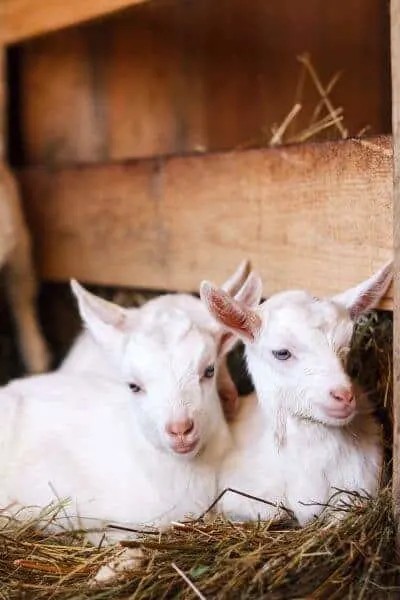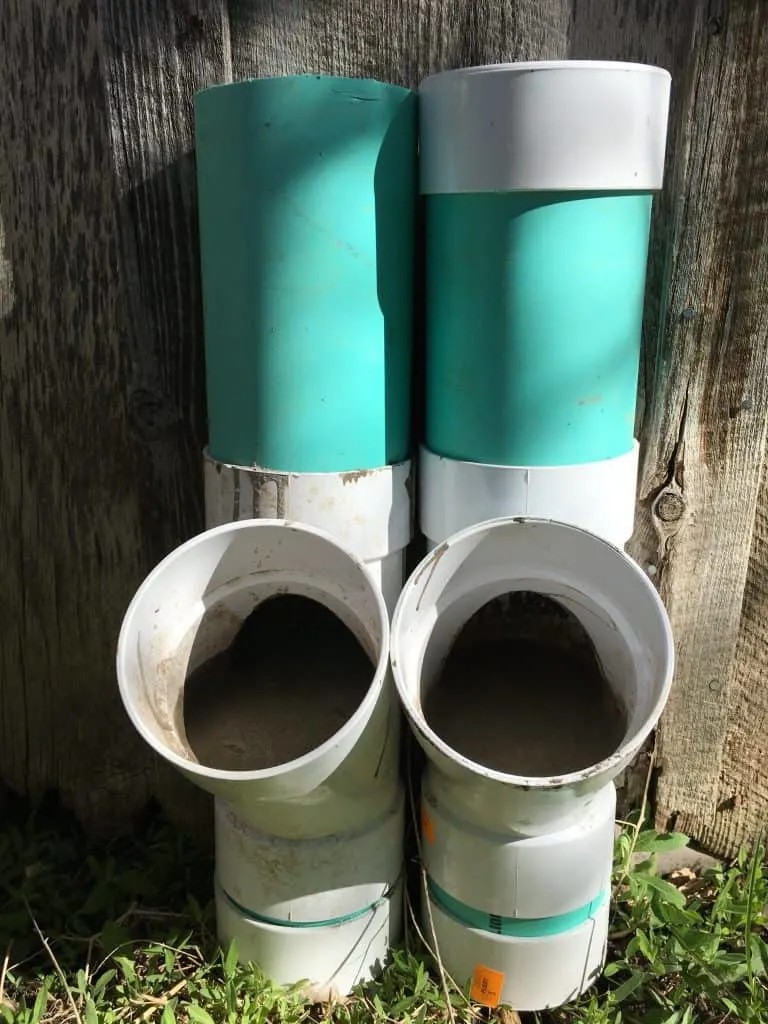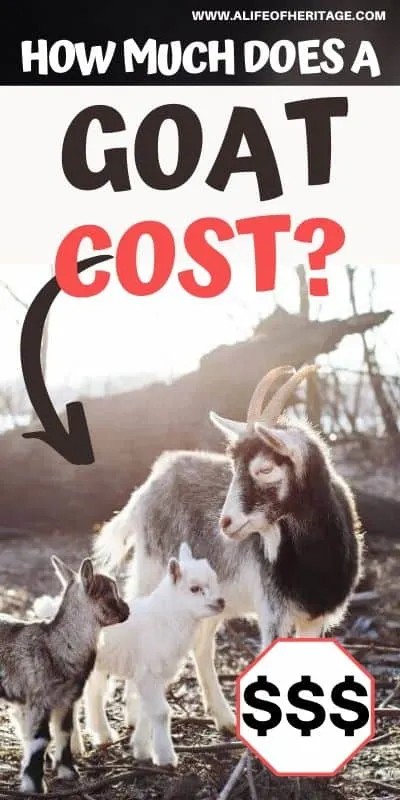Are you considering adding a goat to your family but wondering, “How Much Is A Pet Goat going to cost me?” At PETS.EDU.VN, we understand that bringing a new pet home involves more than just love; it’s also about being prepared for the financial commitment. This guide will break down the costs of goat ownership, ensuring you’re ready to provide a happy and healthy life for your new companions. Understanding the costs associated with pet goats, including initial purchase price, feeding costs, and veterinary care, ensures you are prepared to provide them with a loving and healthy life. This comprehensive guide offers insights into goat breeds, maintenance, and overall cost of ownership.
1. Initial Costs: Buying Your Goat
The initial cost of acquiring a goat can vary significantly. Several factors influence the price, including breed, pedigree, age, and whether the goat is registered.
1.1 Breed Matters
Certain goat breeds are more expensive than others. For instance, Nigerian Dwarf goats, known for their milk production and friendly demeanor, might command a higher price than common breeds raised primarily for meat. Here’s a quick look at typical price ranges for different breeds:
| Breed | Typical Price Range | Notes |
|---|---|---|
| Nigerian Dwarf | $300 – $600+ | Popular for milk production; smaller size makes them easier to handle. |
| Pygmy Goat | $200 – $500 | Known for their hardiness and playful nature; often kept as pets. |
| Nubian | $250 – $550 | Valued for high butterfat milk; distinctive long ears. |
| Boer Goat | $200 – $400+ | Primarily raised for meat production; known for rapid growth and muscle mass. |
| Alpine | $200 – $500 | Excellent milk producers; adaptable to various climates. |



These prices are approximate and can vary based on location and breeder reputation. Registered goats, indicating a documented pedigree, typically cost more due to their breeding potential.
1.2 Registered vs. Unregistered Goats
A registered goat comes with documented proof of its lineage, ensuring breed purity and often indicating superior genetics for milk production or meat quality. Unregistered goats might be perfectly healthy and suitable as pets, but they lack this official documentation, which usually translates to a lower price. Registered kids can easily fetch prices that are 50 – 100% higher than those unregistered.
1.3 Age and Sex
Young goats (kids) are often less expensive than mature, proven breeders. However, kids require more intensive care, including vaccinations and regular deworming. Wethers (castrated males) are typically sold for less than doelings (females) since they are primarily kept as pets and cannot breed.
1.4 Where to Buy
Where you purchase your goat also affects the price. Options include:
- Reputable Breeders: Offer healthy, well-cared-for goats with documented health records. Prices are generally higher, but the investment is worthwhile for healthy goats.
- Livestock Auctions: Can offer lower prices, but the health and history of the goats may be uncertain. Exercise caution and quarantine new arrivals.
- Private Farms: Local farms can be a good source, providing an opportunity to see the goat’s living conditions and meet the owner.
- Rescue Organizations: Adoption fees are typically lower, and you’re giving a goat a second chance.
No matter where you buy, always ask for health records and inquire about the goat’s history.
2. Setting Up the Perfect Goat Habitat
Creating a safe and comfortable environment is essential. Start-up costs for housing and equipment can add up, but these are necessary investments for your goats’ well-being.
2.1 Housing
Goats need shelter to protect them from the elements. A simple three-sided shed can suffice, but it should be sturdy enough to withstand weather and prevent escapes.
- Shed: A basic 10×12 foot shed can cost between $500 and $2,000, depending on materials and construction.
- Fencing: Goats are notorious for escaping, so secure fencing is crucial. Woven wire or electric fencing is recommended.
- Woven wire fencing: $2-$4 per foot.
- Electric fencing: $1-$2 per foot (plus the cost of an energizer).
2.2 Feeding Equipment
Proper feeding equipment minimizes waste and ensures all goats have access to food.
- Hay feeders: $50 – $150 each.
- Water troughs: $30 – $75 each.
- Mineral feeders: $20 – $50 each.
2.3 Bedding
Provide a comfortable resting area with bedding such as straw or wood shavings.
- Straw: $5 – $10 per bale.
- Wood shavings: $6 – $12 per bag.
3. The Daily Grind: Recurring Expenses
Beyond the initial costs, you’ll need to budget for ongoing expenses like food, healthcare, and maintenance.
3.1 Nutritional Needs
Goats require a balanced diet of hay, pasture, and supplemental feed. The cost varies depending on location, season, and the number of goats.
- Hay: A 50-pound bale of hay can cost $8-$20. The amount needed depends on the size and number of goats.
- Grain: Supplemental grain can cost $15-$30 per bag. Use grain sparingly, mainly for does in milk or goats needing extra calories.
- Minerals: Free-choice minerals are essential. A 50-pound bag of goat minerals costs $25-$40 and can last several months.
According to research from the University of Minnesota Extension, the average goat consumes approximately 2-4% of its body weight in dry matter daily. This means a 100-pound goat will eat 2-4 pounds of hay per day.
3.2 Veterinary Care
Regular veterinary check-ups, vaccinations, and deworming are vital to maintaining your goats’ health.
- Annual check-up: $50 – $100 per goat.
- Vaccinations: $10 – $30 per goat (depending on the vaccine).
- Deworming: $5 – $15 per goat (depending on the dewormer).
- Hoof trimming: $10 – $20 per goat (every 2-3 months).
3.3 Miscellaneous Costs
Other potential costs include:
- Fencing repairs: Varies depending on the extent of damage.
- Equipment maintenance: Maintaining feeders, waterers, and shelters.
- Breeding fees: If you plan to breed your goats, breeding fees can range from $50 to $200 per doe.
4. Unforeseen Expenses: Preparing for the Unexpected
Despite your best efforts, unexpected health issues or emergencies can arise. Having a contingency fund is prudent.
4.1 Common Health Issues
Goats are susceptible to various health problems, including:
- Parasites: Internal and external parasites are common and require regular treatment.
- Bloat: A potentially fatal condition caused by gas buildup in the rumen.
- Pneumonia: Respiratory infections can be costly to treat.
- Foot rot: A bacterial infection of the hooves, requiring frequent treatment and prevention.
4.2 Emergency Vet Visits
Emergency veterinary care can be expensive. Be prepared to spend $100-$500 or more for an emergency visit, depending on the severity of the issue.
5. Maximizing Your Investment: Potential Revenue Streams
While goats are primarily kept as pets, there are ways to offset the costs of ownership.
5.1 Milk Production
If you have dairy breeds like Nigerian Dwarf or Nubian, you can sell raw milk (where legal) or make cheese and yogurt to sell at local markets.
5.2 Breeding and Sales
Breeding and selling kids can be profitable, especially if you have registered, high-quality goats.
5.3 Fiber Production
Breeds like Angora goats produce valuable mohair fiber, which can be sold to spinners and weavers.
5.4 Land Clearing
Goats are natural browsers and can be used to clear brush and overgrown vegetation. You can offer this service to landowners.
6. Budgeting for Your Goat Adventure
Creating a budget helps manage and anticipate expenses. Here’s a sample annual budget for two Nigerian Dwarf goats:
| Expense | Estimated Annual Cost |
|---|---|
| Hay | $300 – $600 |
| Grain | $50 – $100 |
| Minerals | $50 – $80 |
| Veterinary Care | $200 – $400 |
| Bedding | $50 – $100 |
| Fencing & Maintenance | $50 – $100 |
| Total | $700 – $1480 |
This is just an estimate. Costs can vary depending on your location, management practices, and the health of your goats.
7. Making the Right Choice: Is Goat Ownership Right for You?
Owning goats can be rewarding, but it’s essential to consider the commitment involved.
7.1 Time Commitment
Goats require daily care, including feeding, watering, and health checks. Be prepared to spend time with your goats each day.
7.2 Space Requirements
Goats need adequate space to roam and graze. Ensure you have enough land to accommodate their needs.
7.3 Legal Considerations
Check local ordinances and regulations regarding goat ownership. Some areas have restrictions on the number of goats allowed or require permits.
8. Tips for Saving Money
8.1 Buy Hay in Bulk
Purchasing hay in bulk during the harvest season can save money. Store it properly to prevent spoilage.
8.2 Build Your Own Equipment
DIY projects like building feeders and shelters can reduce start-up costs.
8.3 Preventative Healthcare
Maintaining good hygiene and providing a balanced diet can prevent many health problems, reducing vet bills.
8.4 Join a Goat Community
Connecting with other goat owners can provide valuable advice and support, helping you make informed decisions and save money.
9. The Joys of Goat Ownership
Despite the costs, many goat owners find the rewards outweigh the expenses.
9.1 Companionship
Goats are social animals and can make wonderful companions. Their playful antics and affectionate nature bring joy to many owners.
9.2 Sustainability
Goats can contribute to a sustainable lifestyle by providing milk, meat, and fiber, and by helping clear land.
9.3 Educational Opportunities
Raising goats can be an educational experience, especially for children, teaching responsibility and animal husbandry.
10. Real-Life Examples: Cost Analysis
Let’s look at a few real-life examples to illustrate the costs involved in goat ownership.
10.1 Scenario 1: Hobby Farm
A family in rural Ohio keeps two Nigerian Dwarf goats as pets. They spend approximately $800 per year on hay, minerals, and veterinary care. They occasionally sell excess milk to neighbors, earning around $200 per year, offsetting some costs.
10.2 Scenario 2: Small-Scale Breeder
A breeder in California raises Nubian goats for milk production. They invest in high-quality feed and regular veterinary care, spending around $1,500 per year per goat. However, they generate revenue through milk sales and selling registered kids, earning an average of $2,000 per goat per year.
10.3 Scenario 3: Urban Homestead
An urban homesteader in Portland, Oregon, keeps two Pygmy goats for companionship and weed control. They spend approximately $600 per year on hay, minerals, and occasional vet visits. The goats help clear their backyard and provide manure for their garden, reducing their landscaping and fertilizer costs.
FAQ: Addressing Your Goat Questions
1. How much does it cost to buy a baby goat?
Baby goats, or kids, typically cost between $75 and $600, depending on the breed, pedigree, and registration status.
2. What is the cheapest goat breed to buy?
Common meat breeds like Boer goats are often the least expensive, starting around $200.
3. How much does it cost to feed a goat per month?
Feeding costs can range from $25 to $100 per month per goat, depending on their size, diet, and location.
4. What are the health expenses for goats?
Health expenses include annual check-ups ($50-$100), vaccinations ($10-$30), deworming ($5-$15), and hoof trimming ($10-$20).
5. What does it cost to build a goat shelter?
A basic goat shelter can cost between $500 and $2,000, depending on materials and size.
6. Can I keep a single goat as a pet?
Goats are herd animals and thrive in the company of other goats. Keeping a single goat can lead to loneliness and behavioral issues. Always keep at least two goats together.
7. How much space do goats need?
Goats need at least 200 square feet of outdoor space per goat, plus a secure shelter.
8. What do goats eat besides hay?
Goats also eat pasture, browse (leaves and twigs), grains, fruits, and vegetables. Always provide a balanced diet and free-choice minerals.
9. How long do goats live?
Goats typically live 10-15 years, depending on the breed and care.
10. What are the benefits of owning goats?
Goats provide companionship, milk, meat, fiber, weed control, and manure for gardening. They can also be educational and contribute to a sustainable lifestyle.
Conclusion: Planning Your Goat Journey
Determining “how much is a pet goat” involves considering various factors, from initial purchase to ongoing maintenance. Careful planning and budgeting ensure you’re prepared to provide a happy and healthy life for your goats. With the right preparation, goat ownership can be a rewarding and enriching experience.
Are you ready to learn more about goat care and connect with a community of fellow pet enthusiasts? Visit PETS.EDU.VN today! Our comprehensive resources and expert advice will guide you every step of the way, ensuring your goat-keeping journey is a success. Find detailed guides on goat breeds, nutrition plans, veterinary care tips, and more. Plus, discover local services like trusted vets and goat breeders in your area. Join the PETS.EDU.VN community and give your goats the best life possible. Contact us at 789 Paw Lane, Petville, CA 91234, United States. Whatsapp: +1 555-987-6543. Visit our website at pets.edu.vn.
Alt text: A goat and her two adorable kids are peacefully standing in a lush, green pasture.
Alt text: Two newborn goat kids, nestled in straw, recovering after birth, showing the precious beginnings of goat life.
Alt text: A DIY goat mineral feeder, demonstrating a simple and cost-effective solution for providing essential nutrients to your goats.
Alt text: Nutritious barley grain, showcasing a healthy feed option to supplement a goat’s diet and provide essential energy.
Alt text: Informative graphic about goat costs, offering a comprehensive guide to budgeting for goat ownership and care.
